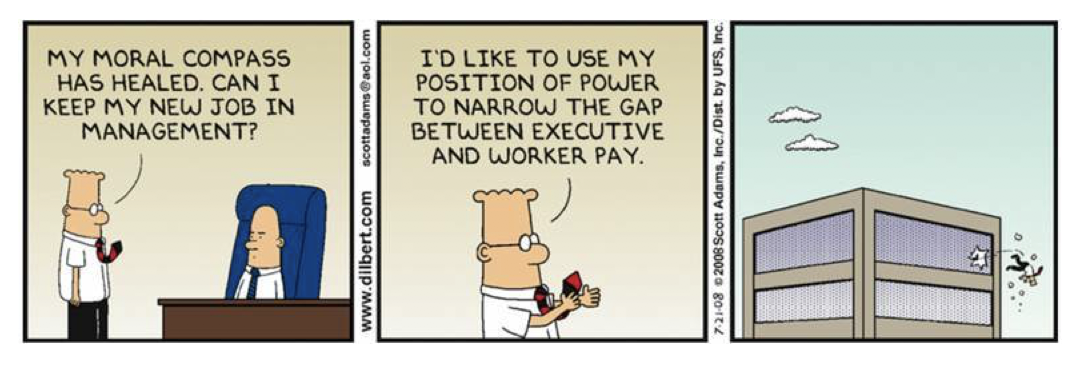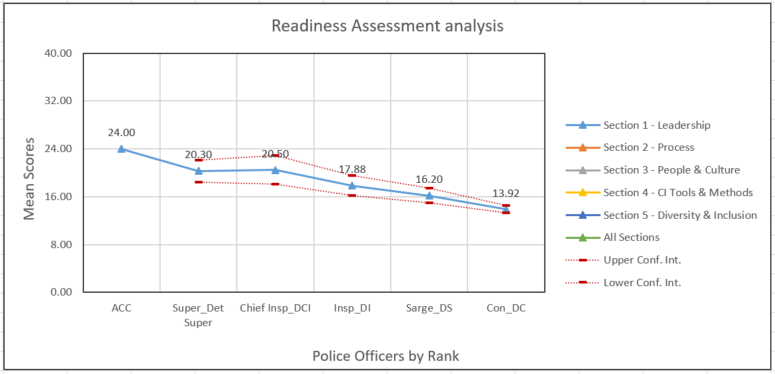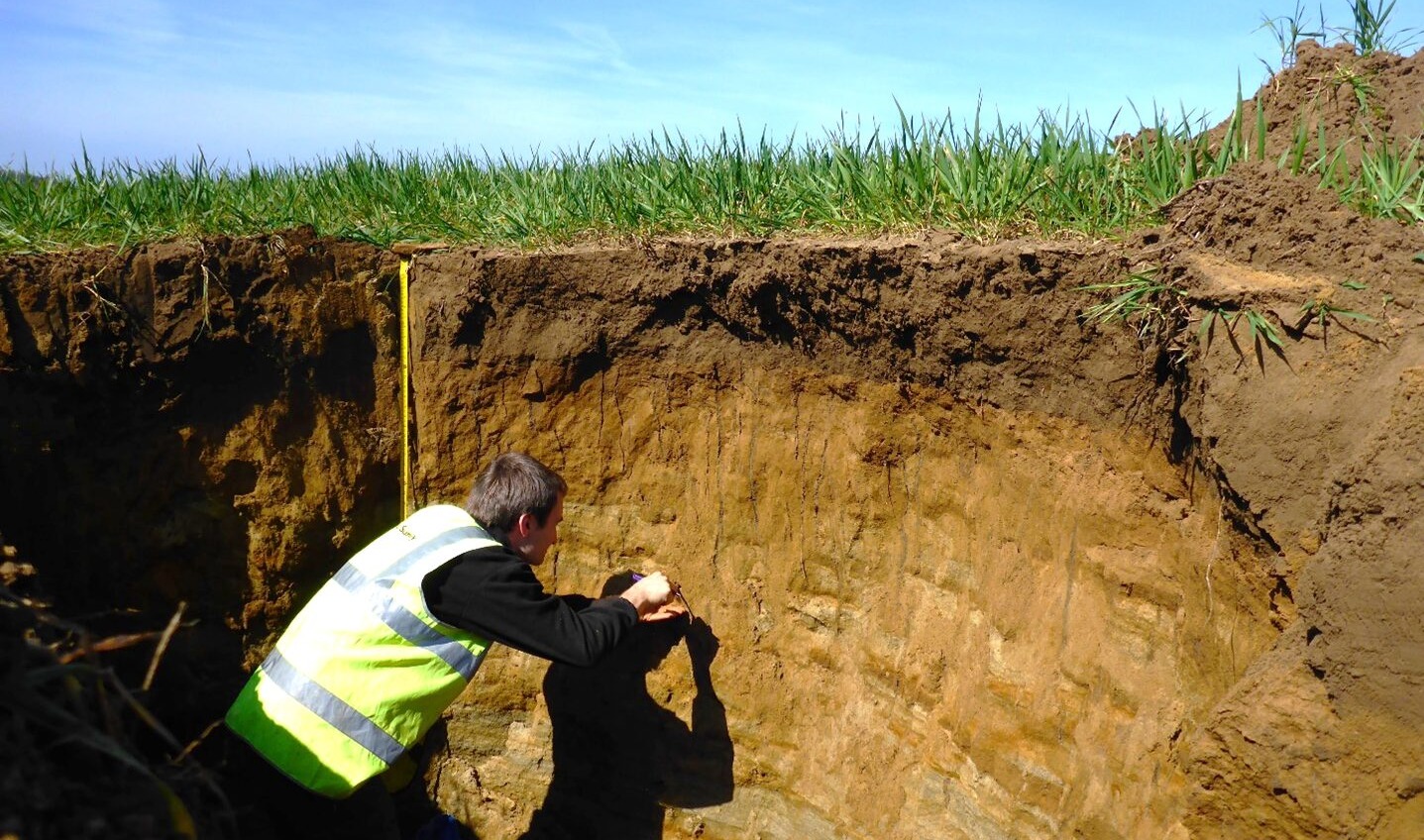Mission Command, Management Gaps and High Flying!
13/11/2018

We’ve blogged about implementing a Mission Command approach to Leadership in the past:
On our travels we’ve heard some people say, “Oh, we’re already doing something like this already (emphasis on already)!”, or “Ah, we don’t want to send any cross-messages with the (re)organisation programme (read Transformation, Change, Cost-cutting … oops) we’re running”.
Well, “something like this” isn’t good enough: There’s one motor manufacturer that makes two types of cars that are “something like” each other, they both have an engine, gearbox, 4 wheels, two doors and a soft-top. BUT one is a Fiat 500 the other is a Ferrari LaFerrari. Fundamentally different in so many ways!
And, Mission Command is not a programme – it’s something to be built into the DNA of an organisation.
So, how effective are we in embedding Mission Command throughout the organisation? Can we measure this effectiveness? We believe we’ve started to build a Measurement Method for establishing just how effective we are in this, and it draws on academic work by Luc Hoebeke who states “One of management’s key tasks is to build coherence in an organisation”. Can we measure “coherence”?
Now Mission Command involves a number of aspects, but one key element is that “Purpose”, or “Central Intent”, must be communicated clearly from the centre out to the front-line. And each manager at any level must implement the, let’s call it, the “two-level rule”. As a manager, I need not only to understand my boss’ Intent, but his/her boss’ intent as well, and so on out to the front-line.
So we’ve blogged about using our Maturity Matrix (used in conjunction with our Readiness Assessment (for change)):
https://blogs.cranfield.ac.uk/leadership-management/cbp/its-for-the-journey
In carrying out the most extensive Readiness Assessment ever to date, we are able to build a picture of where certain categories of employees are on the Maturity Matrix (5 levels across 5 key thematic areas 1. Leadership & Organisation, 2. Understanding Business as a Series of Processes, 3. People & Culture, 4. Continuous Improvement Methods, Techniques and Tools and 5. Diversity & Inclusion). See example below:

Note: only one response from ACC level – means we have to place less emphasis on this result for now.
Without going into too much detail, for thematic 1. Leadership & Organisation, the separation between Superintendent level (those close to the centre) and Constable level (those at the front-line) is around 6 points (and, on the scale on the left of the chart, each level in the Maturity Matrix spans 8 points) – almost one whole level in Maturity difference. Our proposition is that if Mission Command had thoroughly percolated throughout this organisation, there would be close to no difference between the ranks – since Intent would be clear and understood two levels above and below at each level.
There are a series of 10 statements presented for response in each of the 5 themes. It is worth noting that responses to 3 statements were the greatest drivers behind the divergence (note the opposite of convergence) between the centre and the front-line, namely:
- We encourage our people to take ownership of local problems affecting performance
- Senior Managers provide guidance and support for local decision making
- People have to ask senior management for permission to act in this organisation
And one of 3 key statements that drew much agreement about was:
- The organisation is controlled by the experience and opinion of senior managers
So this organisation has some ways to go, we would argue, in order to thoroughly embed and embrace Mission Command. And the way to measure this is to look for a horizontal line joining the centre to the front-line in the chart above, signifying good coherence between the ranks, and to see that line moving up through the levels towards 40 on the scale as they apply various learning/improvement interventions
We have made the mistake in the past of trying to effect change without going through this understanding using the Readiness Assessment. We didn’t quite end up airborne like the unfortunate Dilbert above, but we did feel like we were well and truly jettisoned out of one particular organisation at that time!
Categories & Tags:
Leave a comment on this post:
You might also like…
From the control tower to Cranfield: My journey to shaping the future of airports
Hi, I’m Karima Lakouz, and this is the new me! I’m a Moroccan full-time student, aiming to graduate in 2026 with an MSc in Airport Planning and Management from Cranfield University. ...
Earth’s silent hero: Why soil is finally stepping into the spotlight
As a Soil Scientist, the start of December is always an exciting time of year, specifically World Soil Day (5 December). This year, it’s doubly special, because we are also celebrating the 75th Anniversary ...
How do I reference social media… in the NLM style?
Although it’s not considered to be scholarly material, you may find information on social media useful for a piece of academic work. It may be that a particular post on X or Facebook illustrates or ...
Want to improve your reading skills?
Are you starting to read through the mountains of journals, books or articles for your project or on your course reading list? Let’s start with a few myths about the reading process: You need to ...
Introducing… Bloomberg Spreadsheet Analysis (BSA)
Want to take your Bloomberg data skills in Microsoft Excel to the next level? The new Bloomberg Spreadsheet Analysis (BSA) certification is designed to help you do just that. Created by Bloomberg, BSA is an ...
Bridging Science and Supply: My Journey at the GCSG European Knowledge Forum 2025
Earlier this year, I had the honour of being selected as one of the 2025 Global Clinical Supplies Group (GCSG) European Scholarship Winners, an opportunity that took me to Budapest, Hungary, for the GCSG ...






